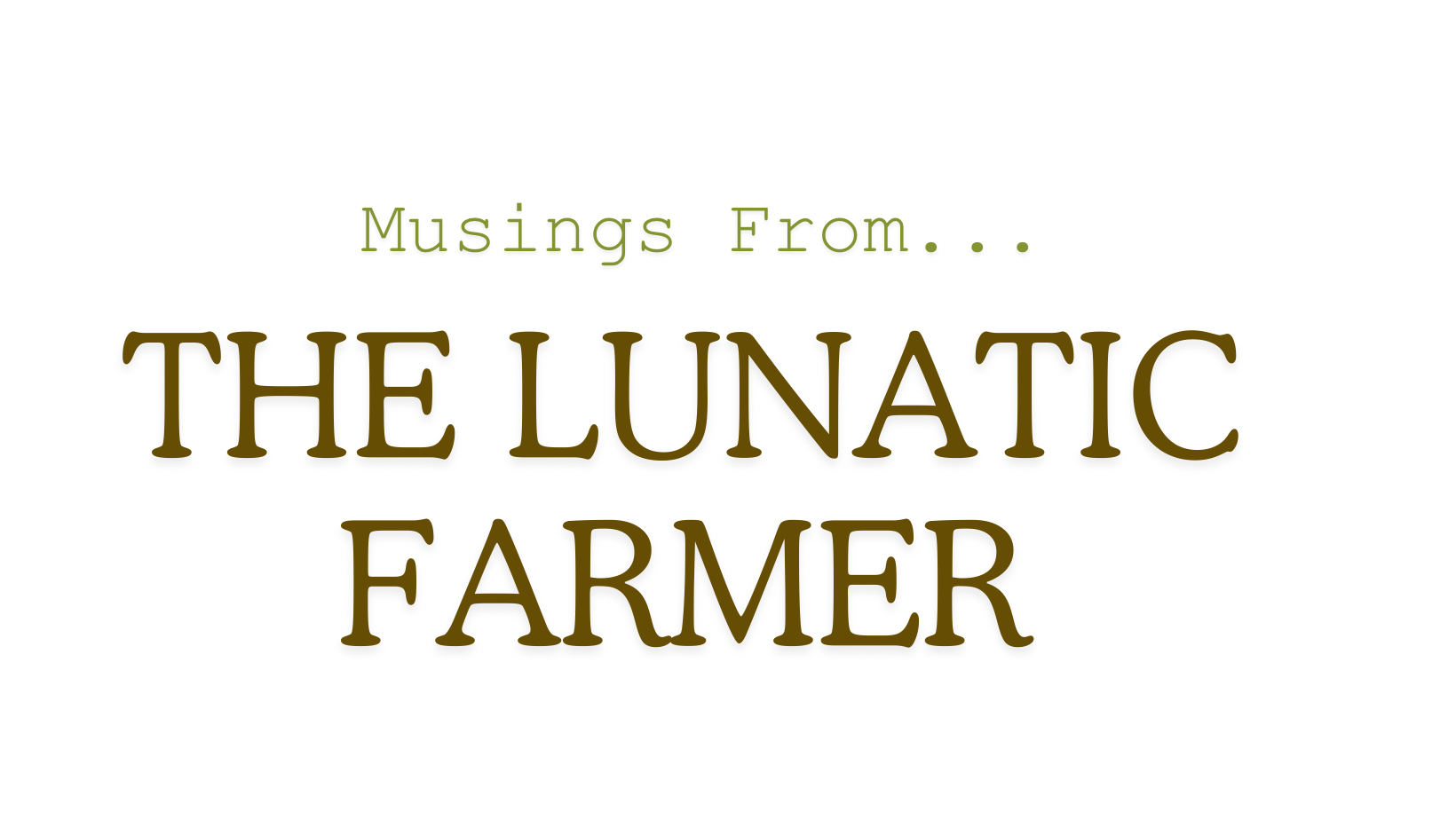MORE SACRED COW
Yesterday I introduced you to a new book coming out this summer by Diana Rodgers and Robb Wolff titled SACRED COW. I read the manuscript over the weekend and it's excellent for those of us who want to save the health of ourselves and the planet with responsibly raised livestock and eating meat.
Today I'll finish a couple of high points and then you can wait until this summer to buy it. The companion film documentary SACRED COW is scheduled to be debuted at the Mother Earth news fair here at Polyface July 17-18--do you have your tickets yet? It looks like it'll go to our capacity and we'll have to turn folks away. Don't delay.
Okay, back to the book and carbon sequestration. The earth holds 3,170 gigatons of carbon. Think right now--where is the majority of it? Did you say "rain forest" or trees? You would be wrong. The soil holds 2,700 gigatons of that 3,170; in fact three times more than ALL of the trees on the planet. The soil holds four times more carbon than the entire atmosphere.
Anyone who mentions carbon without mentioning soil is foolish. You don't sequester carbon by planting a tree; you sequester carbon by building organic matter in the soil. How do you do that? You feed it decomposing material; you keep it covered (either with mulch or vegetation); you don't invert or till it; you don't pour chemicals on it. We know how to do this.
Through cropping, tillage, and overgrazing, we've removed all of these elements from the soil on billions of acres; some have turned to desert and others are now buried under asphalt; some are salinized through aquifer irrigation. At any rate, the assault against the soil is not new and not small. The fastest way to soil health is through grasses, not trees. Grass has much faster metabolism than trees and shrubs. But to keep grasses vegetative and fast-growing, we need herbivores to prune them. This is why the deepest, most fertile, most carbon-sequestered soils on the planet are not under forests or bushes; they're under perennial prairies. We're still mining that centuries-built-up fertility from the American midwest.
Nothing--I repeat--nothing sequesters carbon faster than properly managed herbivores (cows qualify) on perennial grasses.
Finally, the book addresses the ethics of meat eating, dealing with the idea that it is impure and barbaric. Delving into the history of this movement, the book points out that Hitler was a vegetarian and the Nazis used not eating meat as a way to create a more pure political movement as opposed to Jews, who ate meat.
This same sanctimonious purity permeates today's vegan and vegetarian movements, elevating the debate to a religious fervor. But in truth taking this position withdraws people from the historical participatory circle of life and ecology. Nature does not have animal nursing homes. Fortunately, SACRED COW spends a great deal of time explaining how lions and wolves kill animals--it's not pretty.
Humans are the only species that can choose to manage the prey species humanely, and that's a true privilege. If people really want to take violence out of the world, we should be eliminating wolves and bringing back grass-finished burgers. Realizing how carbon sequestration works eliminates a plants-only model; you simply can't build soil with plants. Something or someone has to prune them. And the feedstock for Impossible Burger and Beyond Beef is soybeans and peas, both monocrops, both soil destroying crops.
That the founders of these outfits spout a spiritual superiority for not having to kill animals while they destroy the soil and destroy all the prairie-dependent species is the worst type of hypocrisy. Rodgers and Wolff make these arguments better than I and I can't wait for this book to be on the market. It's good.
Have you helped herbivores do their job lately?
